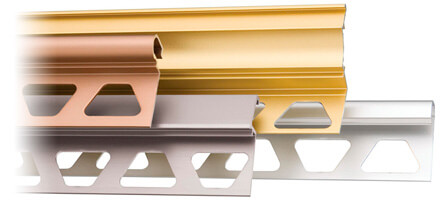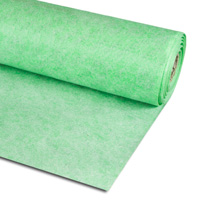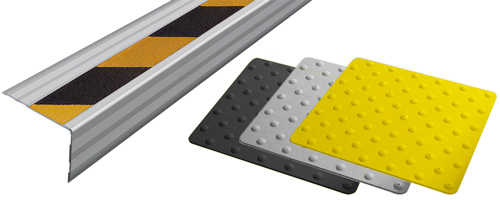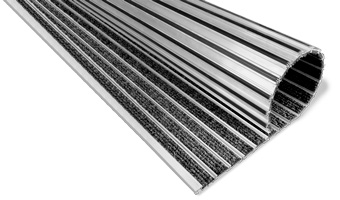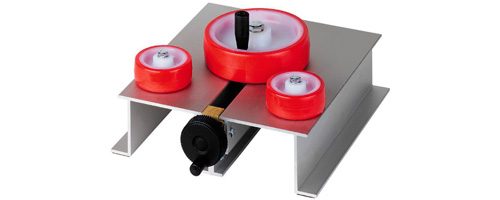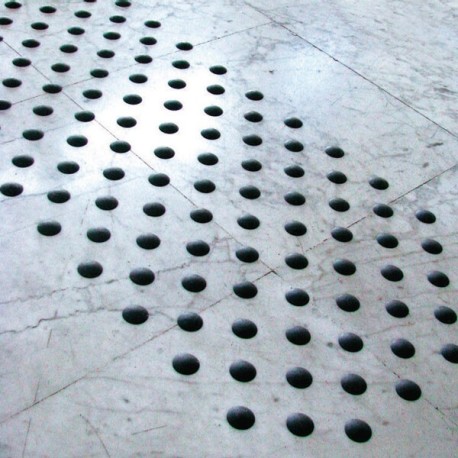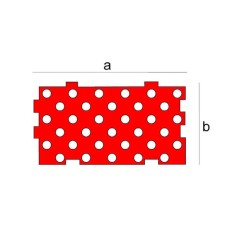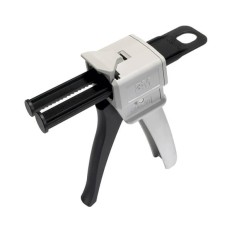The nedro lacquered aluminum podotactile stud have been designed to improve accessibility and as a warning solution to identify areas with obstacles, or areas where there is a change in height or opening without protection, such as stairs and open platforms. Made of aluminum, they are ideal for indoor environments, and due to their non-slip and podotactile texture, they are easily identifiable by users.
Applications
Podotactile buttons designed for placement, according to a pattern, as a warning element against the risk posed by the edges of platforms, pedestrian crossings, beginning and end of stairs, among others, especially for the blind and visually impaired.
Placed at the beginning and end of stairs, they serve as a signaling element using tactile contrast thanks to the 5 mm and 25 mm diameter projection.
These podotactile buttons made of aluminum are indicated for indoor placement.
Materials
Made of aluminum and porteriormente lacquered in black. Aluminum is impact resistant and has good wear resistance and durability.
Installation
The installation of a podotactile pavement is done in a simple way. You can help with the placement template available optionally although recommended.
- Position the template on the floor and make sure that it is properly fixed and in its optimal position and mark the placement points.
- Apply the chosen adhesive to the touch pad buttons.
- Adhere the touch-sensitive buttons at the corresponding points with resin.
- Let dry. Observe the drying time indicated by the adhesive manufacturer.
Cleaning and maintenance
The podotactil pavement made of aluminum does not require excessive maintenance. It will be enough to use water and detergent or a specific neutral cleaner in solution.
The use of abrasive or pickling products is not recommended, as well as strong acids (hydrochloric and perchloric), strong bases (caustic soda or ammonia) or carbonated solutions.

